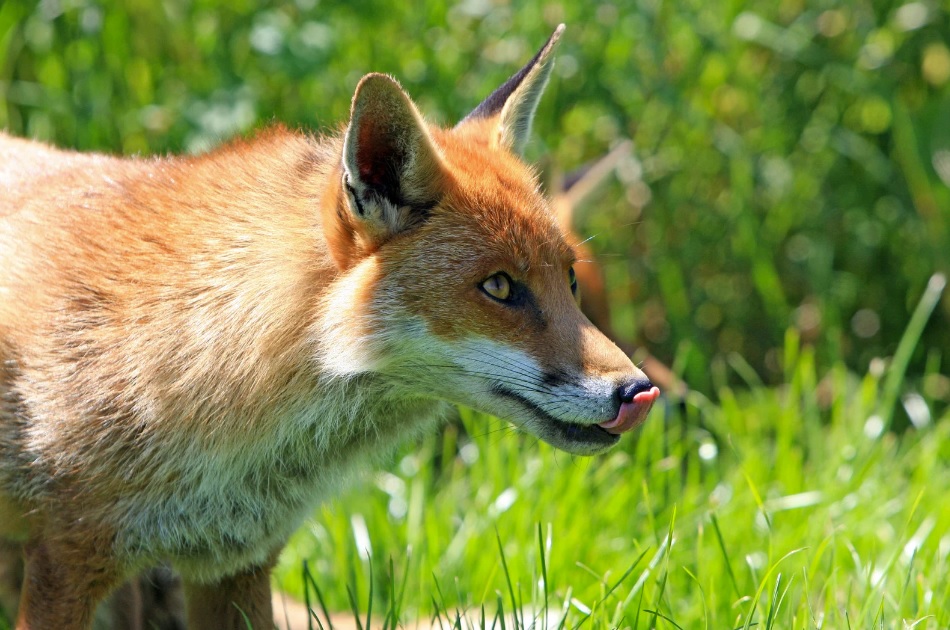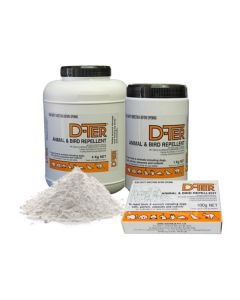European Red Fox
European Red Foxes
Scientific Name: Vulpes Vulpes
How to identify European Red Foxes
Foxes are small, active canids with a reddish-brown coat above, with white underparts except for a black tipped nose and lower legs. They also have a large, very noticeable, bushy tail that is white tipped.
Depending on geographic location they can vary in size, as body length can range from 45 to 90cm, tail length from 30 to 55cm and body mass from 3 to 14kg. Usually adult male foxes weigh around 6 kg, while females weigh about 5 kg.

Where are European Red Foxes commonly found?
The fox survives in many different habitats, including urban, alpine and arid areas. Outside urban areas, it appears to be most abundant in lightly wooded areas that are typically found in agricultural landscapes offering a wide variety of shelter and food. During the day, the fox sleeps in dens, logs and other shelter — it is mainly active at night. The fox eats almost anything, scavenging and preying on whatever is available. Its main food source is small animals, but it also eats insects and fruit, particularly in summer when preferred prey is less abundant.
Why are European Red Foxes considered a pest?
The fox has played a major role in the decline of ground-nesting birds, small to medium sized mammals such as the greater bilby, and reptiles such as the green turtle. While land use change is cited as one of the key reasons for decline in many native species, predation by foxes has also been a significant contributor to native animal decline and continues to undermine recovery efforts for threatened species as the malleefowl, the bridled nail-tail wallaby and the night parrot. The fox causes significant economic losses to farmers by preying on newborn lambs, kid goats and poultry. The fox could also act as a carrier of rabies, should the disease accidentally be introduced into Australia. Rabies mostly affects members of the dog family, but can also be passed on to humans, livestock and native mammals.
What is the biology and lifecycle of European Red Foxes?
Both males and females are sexually mature at the age of one year. Litters, averaging four cubs, are born during August and September, and emerge from the den in late spring. The cubs move away from the family territory in late summer or autumn.
Chemicals Required to Control European Red Fox
The main chemical control used for European Red Foxes in rural areas is sodium flouroacetate (1080).
Scientists are investigating ways to improve conventional fox control methods to make them more effective and humane, and less likely to harm non-target animals including the use of an alternative toxin to 1080.
Management Tips for European Red Fox
In south-west Western Australia, fencing and broad scale fox control with 1080-poison baits has been used successfully, allowing populations of some native mammals to begin to recover and return to former habitats.
Similar control activities have been undertaken in eastern Australia. The use of poison baits for fox control must take into account possible effects of the baits on other animals.
Burying baits reduces the likelihood of the baits being taken by native animals, and foxes can still find them.


